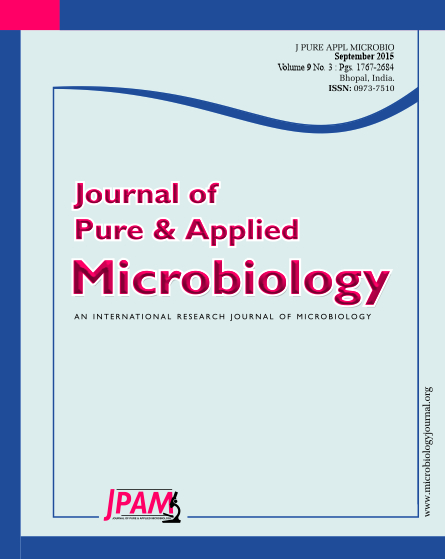Currently, the problem of heavy metals soil pollution is getting increasingly serious in China and bioremediation has received much attention on heavy metals removal from soil. Bio-grouting using iron-based complexes produced by the metabolism of iron bacteria A was conducted to remediate soil polluted artificially by heavy metals Cd2+ or Cr3+ and the effect of bioremediation was investigated. Results showed that the available contents of Cd2+ and Cr3+ in soil reduced by 38.6% and 50.5% respectively after bio-grouting once, and reduced by 49.9% and 58.7% after bio-grouting twice. Afterwards, Scanning Electron Microscopy (SEM), X-ray Diffraction (XRD), and Fourier Transform Infrared Spectroscopy (FTIR) were used to identify the composition and structure of the iron-based complexes and to analyze the deposition mechanism of heavy metal. Microscopy analyses showed that the iron-based complexes, which contain Ferrum oxydatum phosphate, Schwertmannite, as well as other substances with excellent flocculation efficiency and large specific surface area, had poor crystalline form, but could fix heavy metals in a contaminated environment through adsorption and co-precipitation.
Iron bacteria, Heavy metals, Bioremediation, Iron-based complexes, Adsorption, co-precipitation
© The Author(s) 2015. Open Access. This article is distributed under the terms of the Creative Commons Attribution 4.0 International License which permits unrestricted use, sharing, distribution, and reproduction in any medium, provided you give appropriate credit to the original author(s) and the source, provide a link to the Creative Commons license, and indicate if changes were made.


